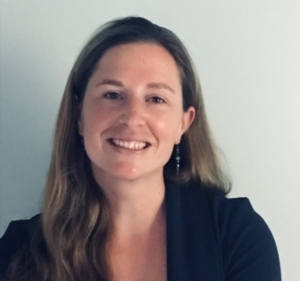During the holidays we are re-posting some of our favorite guest blogs while we take some time away from our normal hectic schedules. Here is a recent message from Jane Harrison.
Jane Harrison, Ph.D., works at North Carolina State University for NOAAs Sea Grant program. She has a 20-year track record of community organizing. Jane is a member of the Unitarian Universalist Fellowship of Raleigh which belongs to ONE Wake – a multiethnic coalition of faith-based and civic organizations that advocates for affordable housing, living wage jobs, and quality education. She wrote this letter to Raleigh decision makers with regards to the proposed Downtown South development.
Dear Raleigh City Councilors & Planning Commissioners,
I write to you with regards to the rezoning application: Z-13-20 Downtown South. If approved, the development will result in 95% impervious surface over almost 150 acres along Walnut Creek and adjacent to numerous residential neighborhoods which already flood frequently. If approved, there is a potential for 21.5 million square feet of development – equal to two-thirds of downtown Raleigh’s current building space. These are my concerns:
(1) Gentrification and displacement of nearby residents are a given without affordable housing requirements for this development. Currently there are none.
The developer Kane Realty Corporation has not made sufficient strides on this issue. Asking for public tax dollars for community benefits like affordable housing via a TIF or TIG puts the onus back on the public. Why not ask the developer to use some of their own profits to ensure equity in housing?
(2) The proposed development is inconsistent with Raleigh’s Future Land Use Map given that the proposed 40 story buildings that would cover much of the area are 2 times taller than suggested building heights.
Imagine the additional 150,000 daily vehicular trips that would result if this development goes forward. I try not to! A traffic impact analysis conducted by Kimley Horn and Associates and reviewed by city staff shows that the proposed development will have severe impacts to the surrounding roadway network and cannot be mitigated by the study’s recommended improvements. Why not insist the developer adhere to the city’s Future Land Use Map and right size this development from a social, economic, and environmental standpoint?
(3) Neighborhoods downstream from the proposed site may experience additional flooding and water quality impairments due to the development’s stormwater runoff.
Kane submitted a Downstream Impact Analysis in November, conducted by the design and engineering firm McAdams. They make the claim that the development will cause no additional stormwater impacts. If this is true, can it be verified? This 266 page report warrants review by an independent body of stormwater experts. Will you direct Raleigh’s Stormwater Management Advisory Commission to do so? How can our developments set a precedent for the best practices in green infrastructure and environmental impact, and move beyond the status quo?
I appreciate your timely consideration of these concerns.
Kind regards,
Jane Harrison from District D

